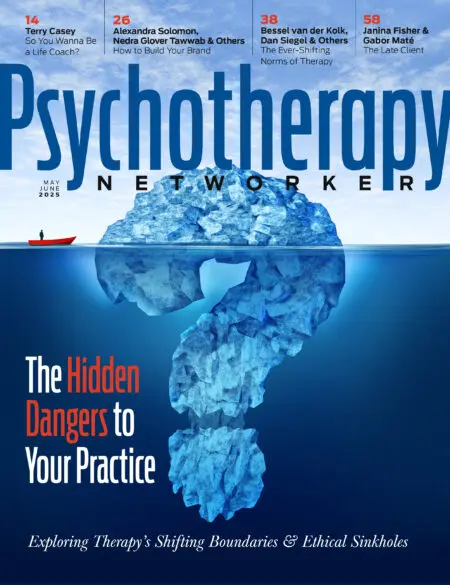Our culture rewards high achievers and Type A personalities, but a brain that’s always ramped up has its disadvantages—it can get stuck on revisiting the same information over and over. In people with a tendency to dwell on the negative, this tendency toward rumination can lead to overwhelming worry and anxiety.
In this brief video clip, Margaret Wehrenberg, cognitive behaviorist and author of The 10 Best-Ever Anxiety Management Techniques, offers some facts about the neurochemical process behind excessive worry. She explains how highly driven people engaging in repetitive worry can literally create a neurobiological pathway in their brains that’s like a worry rut.
This worry rut can be likened to a dirt groove formed in a lawn by people continually walking along the same path. When Margaret uses this analogy with clients, she asks them, “What do you have to do if you want to regrow the grass in that pathway?” According to Margaret, the goal of therapy with anxious clients is helping them learn how to avoid going down this path.
Rich Simon
Richard Simon, PhD, founded Psychotherapy Networker and served as the editor for more than 40 years. He received every major magazine industry honor, including the National Magazine Award. Rich passed away November 2020, and we honor his memory and contributions to the field every day.
Margaret Wehrenberg
Margaret Wehrenberg, PsyD, is a clinical psychologist, author, and international trainer. Margaret blogs on depression and anxiety for Psychology Today. She has written nine books on the topic of managing anxiety depression, and her most recent book is Pandemic Anxiety: Fear. Stress, and Loss in Traumatic Times.












